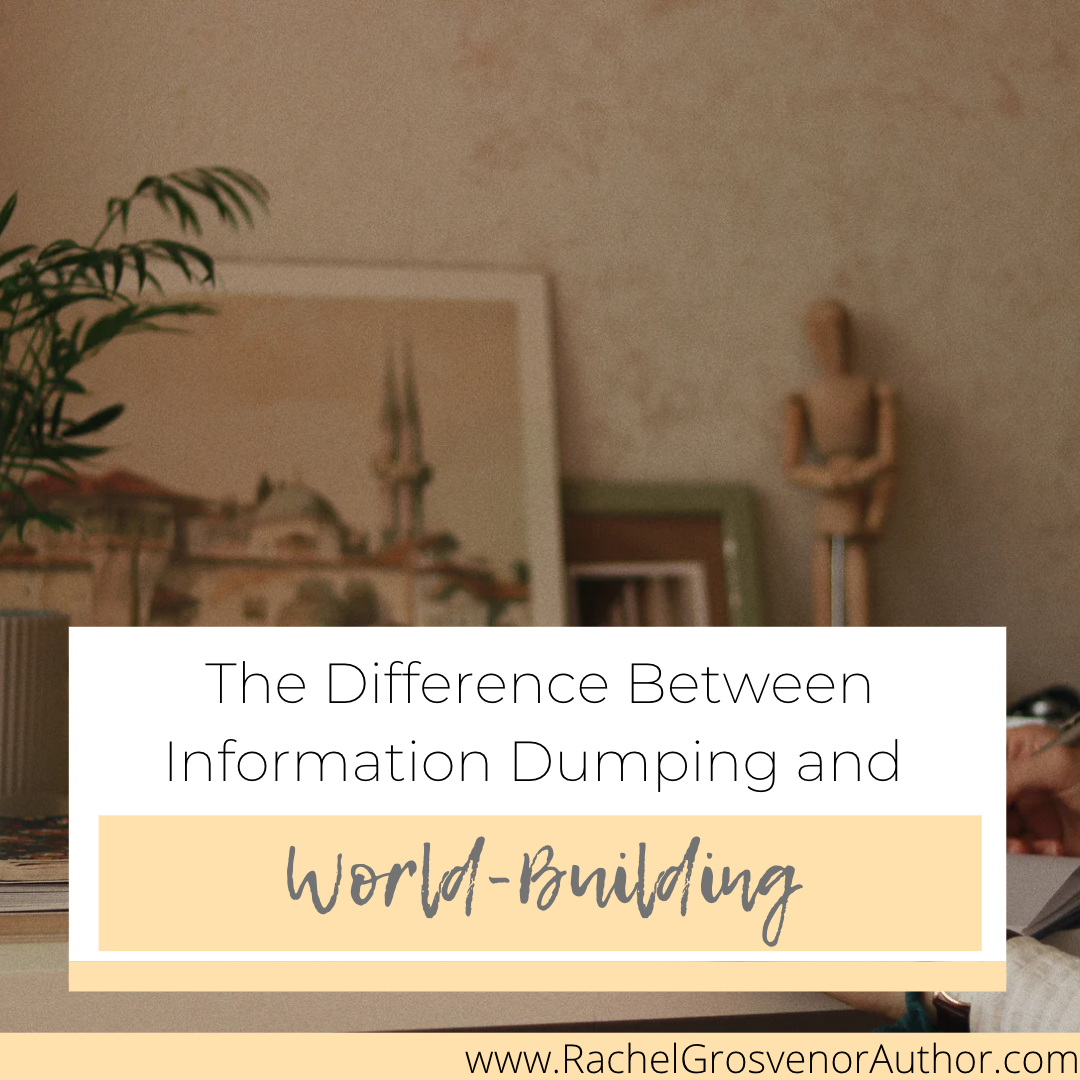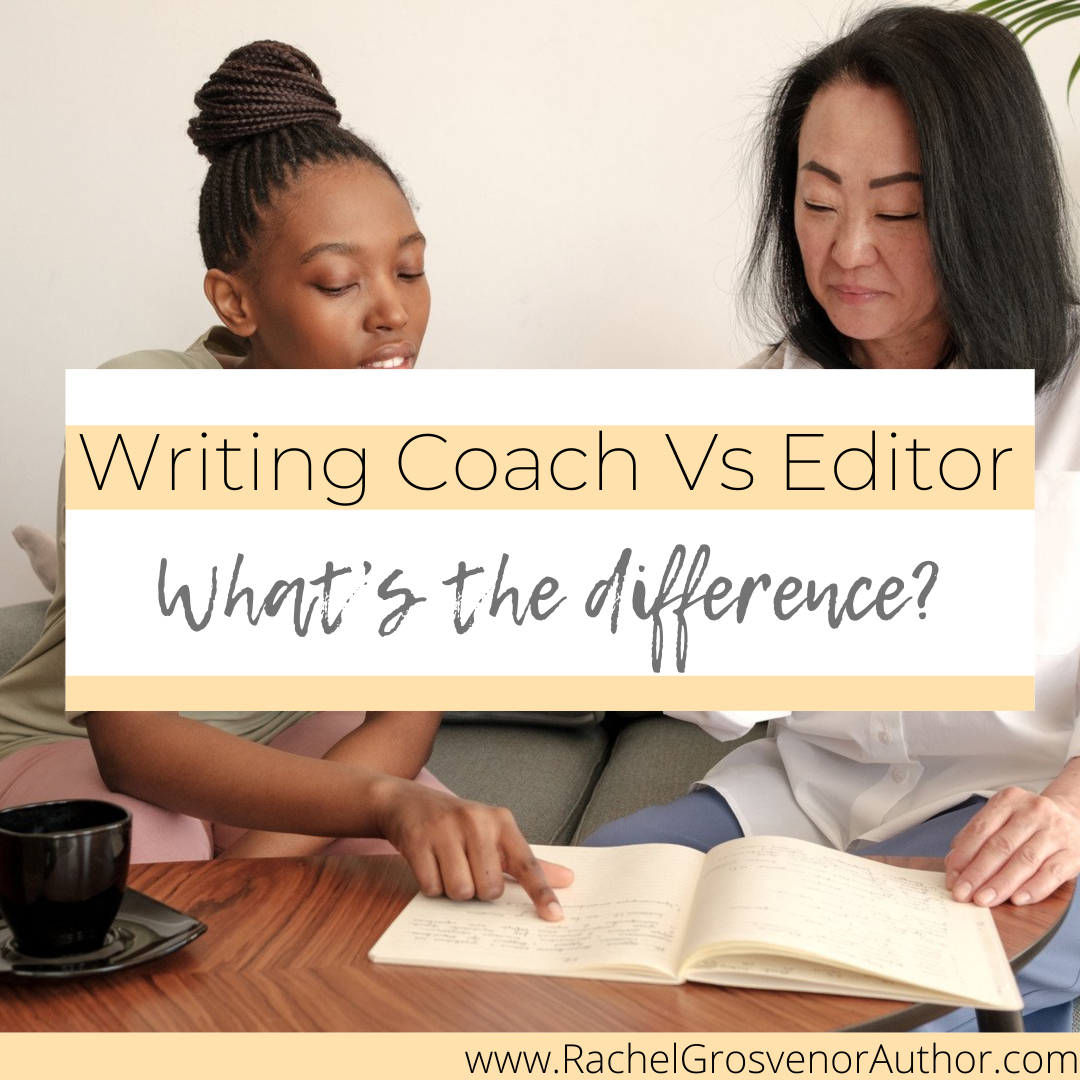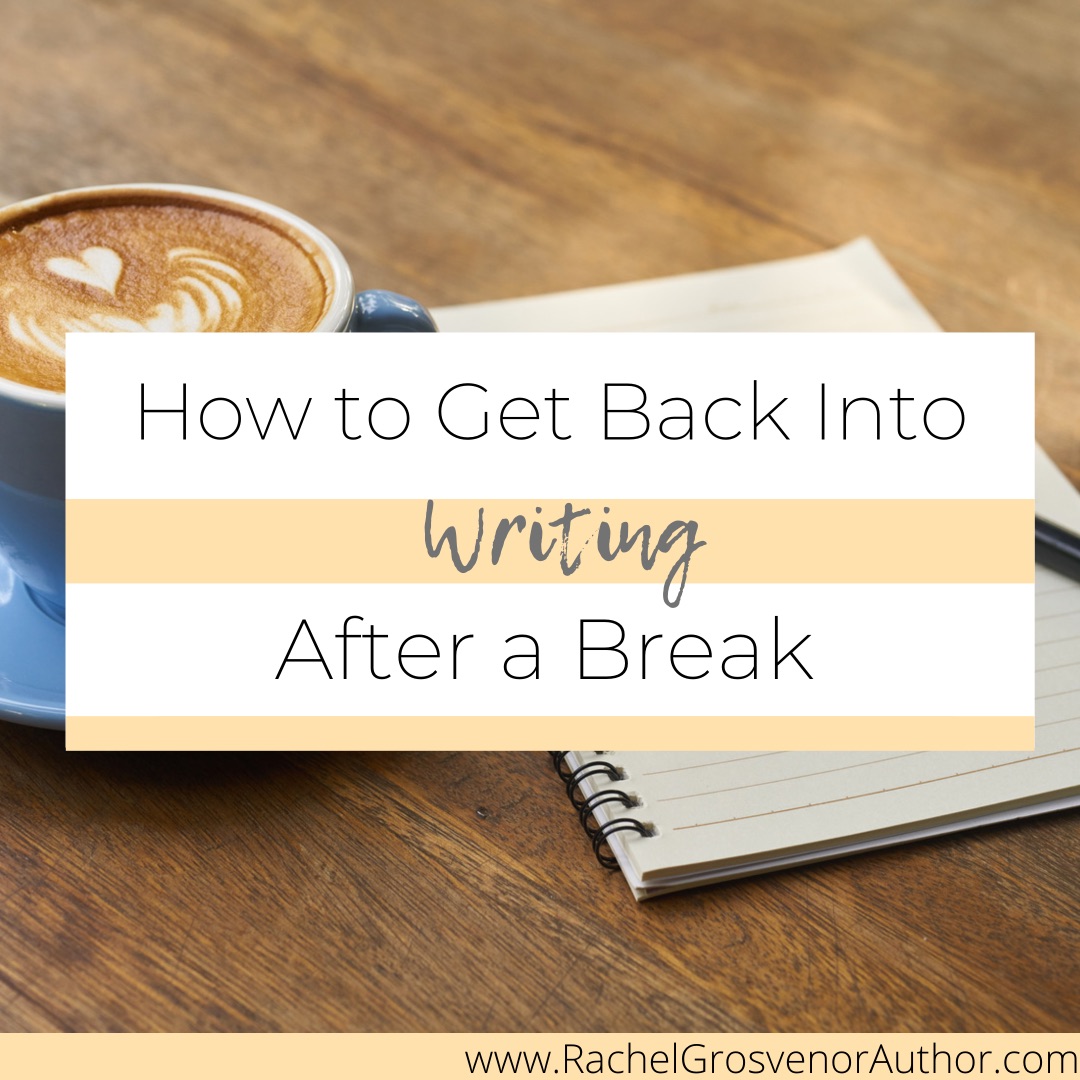You might have clicked on this blog post out of curiosity, wondering what one thing (information dumping) has to do with another (world-building). Well, information dumping is often confused with world-building, leaving the reader swimming among complex and difficult-to-read background narratives and setting information. So, how can you pull back from information dumping while creating complex worlds for your reader? Let’s dig in!
What is information dumping in creative writing, and why should writers strive to avoid it?
Information dumping in creative writing is the act of including excessive amounts of information all at once, which can be overwhelming for readers and detract from the overall story. It may take the form of long descriptions, explanations, or conversations that provide an unrealistic amount of information. This is especially problematic when it comes to backstory or world-building, as it can make readers feel like they have to “catch up” with the story in order to understand what’s happening.
Rather than dumping large amounts of information into one scene or conversation, writers should aim to spread out this information throughout their work in a more natural way. One approach is to introduce these details gradually over time as part of the narrative, allowing readers to absorb them as they go along. For example, rather than explaining a character’s entire backstory in one dialogue exchange, writers could interweave bits of that backstory into multiple scenes and conversations so that it feels more organic. This way, readers will be able to better follow along with the story and engage with it on a deeper level.
Another way writers can avoid information dumping is by focusing on characters instead of heavy description and exposition. Instead of relying on lengthy descriptions about settings or plot points, use characters’ actions and emotions to convey key elements of your story. By doing this, you can maintain your reader’s interest while still providing enough detail for them to build a mental picture without feeling overloaded or bored by too much information.
Another benefit of avoiding information dumping is that it allows for more natural dialogue between characters. When there’s too much exposition and detail given by one character to another, it often sounds forced and unrealistic. By introducing new ideas slowly into conversations, writers can craft more believable interactions.
Finally, if used effectively, withholding excess information can create tension and excitement while providing insight into characters’ true motivations and histories. If done right, readers will be eager to learn more about each character as they experience their journey firsthand instead of having everything revealed all at once—which would likely lead to disinterest or apathy towards their struggles over time.
Ways to Avoid Information Dumping
Use the senses:
Focus on creating vivid settings. Rather than simply stating facts about a setting, provide enough details about it that readers can visualise it in their minds as if they were really there. Describe the smells, the sounds, the sights, and textures that make up the character’s environment – these kinds of descriptions will help capture the reader’s imagination.
Introduce your characters slowly:
Ensure characters have distinct voices and personalities. Instead of introducing characters with huge info-dumps full of traits and facts, create dialogue between them within their own scenes that convey who they are while also keeping things interesting for readers. Providing subtle details like accents or speech patterns can help bring characters to life and add depth without being too obvious or expositional.
Finish the puzzle:
Finally, tie up any loose ends you create in your stories without resorting to info-dumping them near the end. Ask yourself: What questions did I raise throughout my story? How am I going to answer them? Make sure your readers don’t feel like anything was left unresolved or that you simply rushed through certain plot points just so you could wrap everything up quickly at the end – instead, strive for a satisfying conclusion where every part fits together nicely like puzzle pieces.
Building Complex Universes to Create Captivating Experiences for Readers
Now we know how to avoid information dumping and why, how do we build a complex world?
Focus on Setting and Character
By constructing intricate settings and dynamic characters, authors are able to open up windows into new worlds that captivate readers into staying within these fictional realms. A well-crafted universe can make all the difference between a good story and an exceptional one.
A great example of how a fantasy world can be built is found in Tolkien’s The Lord of the Rings series (you knew I would fit it in somehow!). From the language of Middle Earth to the detailed histories of Elves, Dwarves and Hobbits, Tolkien created an entirely unique world full of hidden secrets and remarkable characters that readers are still discovering today. Not only did he construct an incredibly detailed world, but he also filled it with intense battles and complex political struggles, which added even more layers to his imaginative universe.
Another example is George R.R Martin’s A Song Of Ice And Fire series, which tells a gripping tale set on the continent of Westeros where seven powerful families fight for control over the Iron Throne. Martin’s world is populated by fascinating characters with opposing goals, relationships rife with conflict and betrayals that keep readers glued to their seats until they reach the end of each book.
Building complex universes gives authors the opportunity to establish unique cultures, environments and societies, which add depth to their stories. It’s no wonder that some stories have captured public imaginations for decades – by giving readers access to worlds previously undiscovered by them before immersing themselves within these fictional realms; new experiences await! Do you need help with creating your world? Head to grab my freebies here – you’ll find world-building and character questions to help you build an amazing universe!
It’s important that writers find ways to avoid information dumping in their work if they want to create captivating, complex universes for their readers. Information dumping can hinder the flow of a story and ultimately result in a disappointing experience for the reader. By understanding what information dumping is and taking steps to avoid it, writers can hone their craft, produce better-quality work, and give their readers a world they love to read about.
Want to read something similar? Check these out:
How to Edit Creative Writing for Clarity, Style and Substance
5 Tips for Writing Trilogies by Carly Bennett








